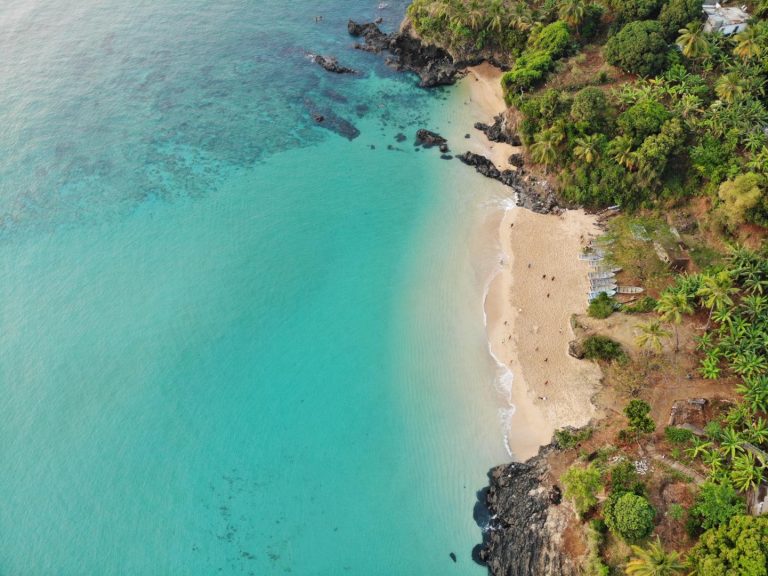Abstract
Three reef systems (fringing, barrier and patch reefs) were surveyed in the region of Andavadoaka, southwest Madagascar. Patch reefs had the highest coral cover and highest density of coral recruits (~45% and 1.8 m-2 recruits), followed by barrier reefs (~12% and 1.3 m-2 recruits) and fringing reefs (~8% and 0.8 m-2 recruits). Sea urchin assemblages varied greatly between reef systems, with fringing reefs being dominated by Echinothrix sp., barrier reefs by the rock-boring sea urchin Echinostrephus molaris and patch reefs by Diadema sp. On all reef types, algae grazing sea urchin densities were six times lower then on overfished reefs elsewhere. The density of commercial invertebrates (e.g., sea cucumbers) did not differ significantly between the relatively unexploited patch reefs versus barrier and fringing reefs, which suggests that these are not yet over fished in the region. Coral reef fish assemblages were significantly different on each reef system. Reef fish densities were high on both patch and barrier reefs (~170 per 100 m2) compared to fringing reefs (~90 per 100 m2). These reefs are not directly threatened by terrigenous sedimentation, which is considered to be one of the principle causes of reef degradation elsewhere in southwest Madagascar’s extensive reef system; instead, it is over-fishing that appears to be the main threat to their existence.

















